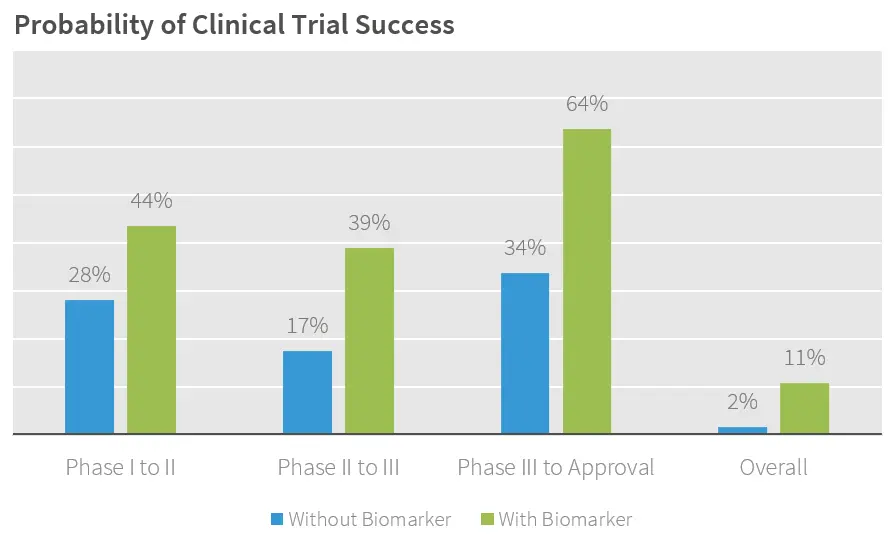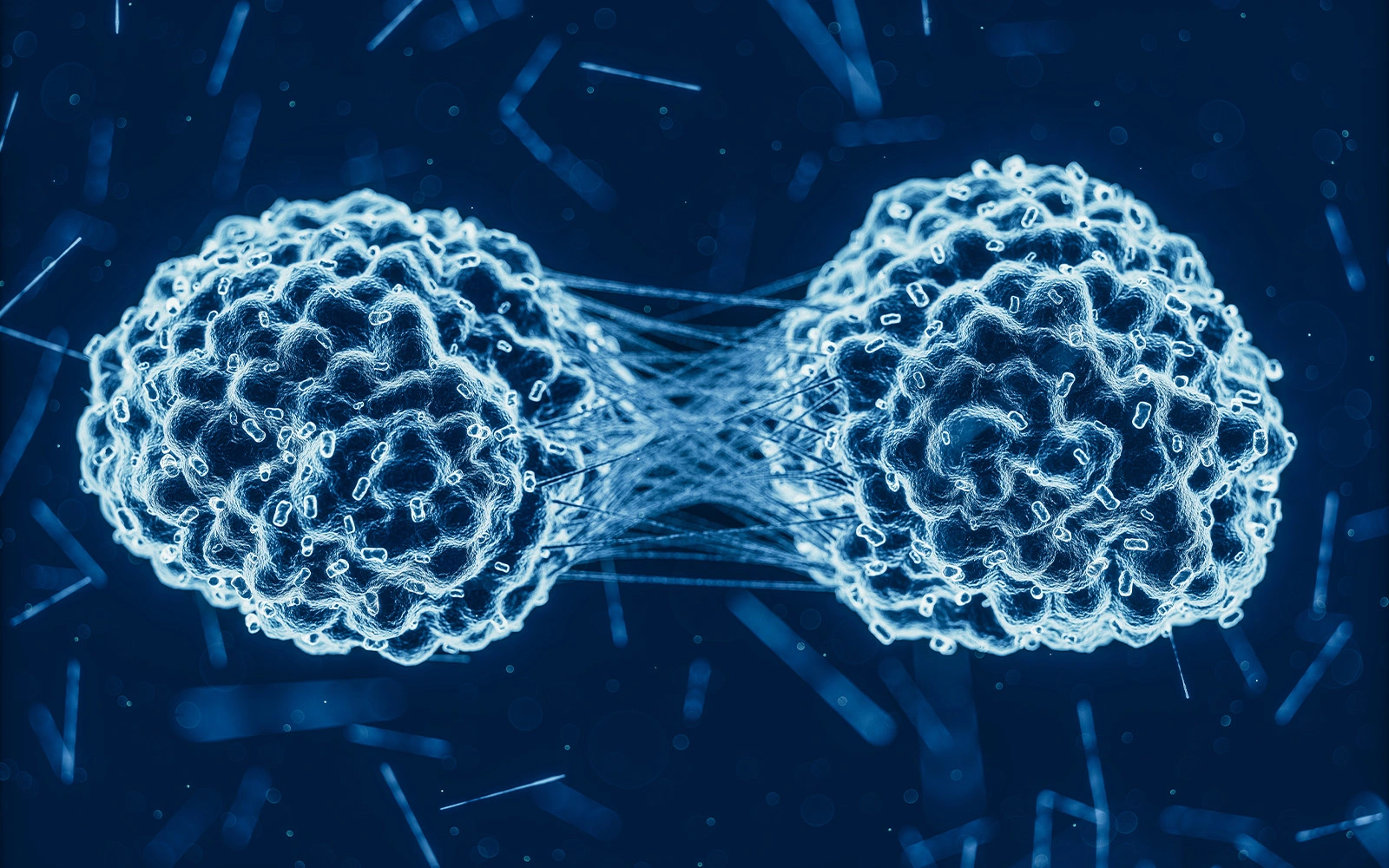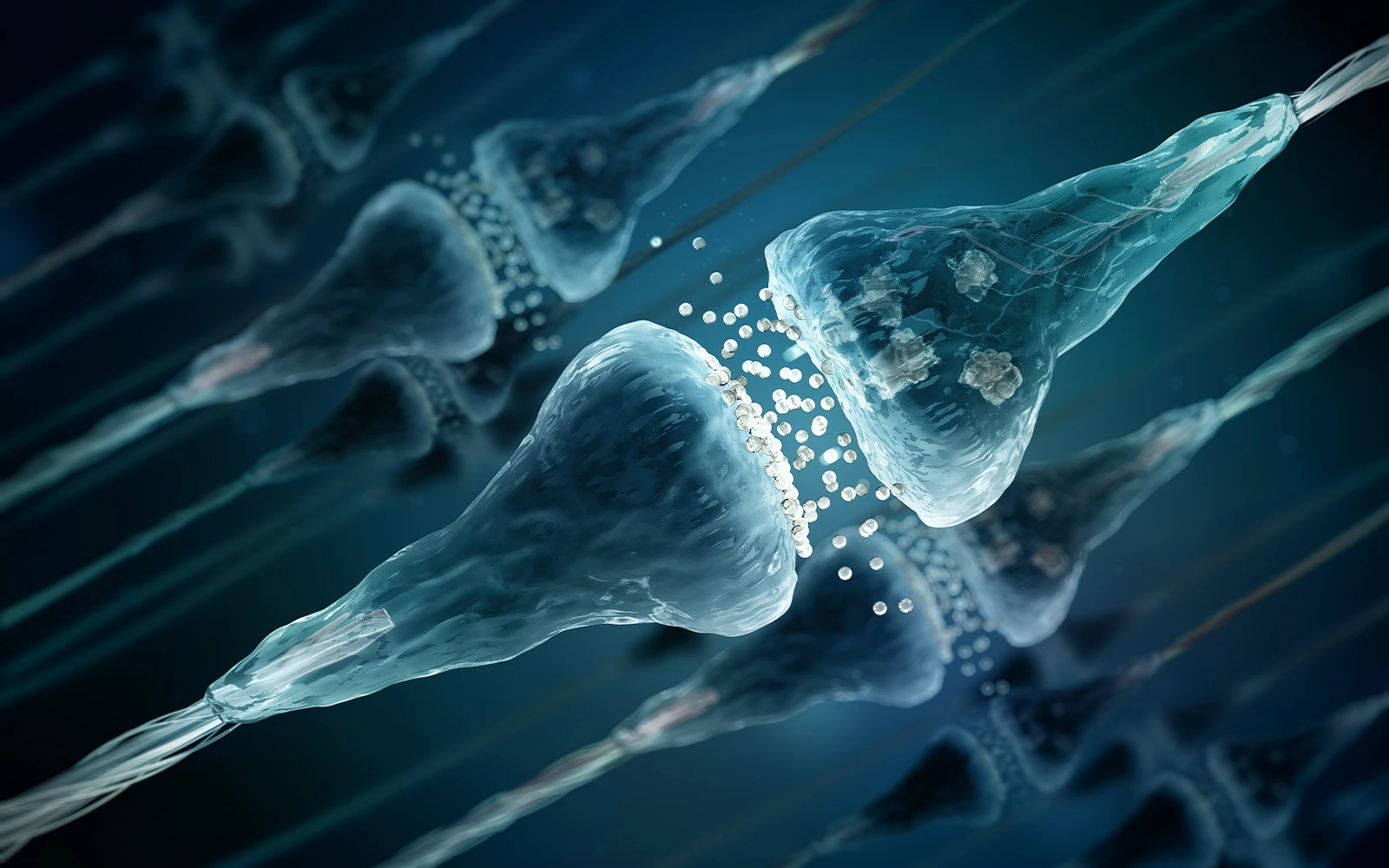If we are to develop precision medicine, we need to identify the right patients. Using Big Data is critical in clinical research, but there is a catch.
Fascination with numbers
The unspoken premise of an optimal approach to patient identification requires measuring proteins so that drug developers can target the right patient with the right treatment. Unfortunately, the case is more complicated than it first appears.
Many biotechnology companies offer protein array services and provide measurement of thousands of proteins. And it is precisely this fascination with numbers that limits the attention to and understanding of the single. Measuring a broad spectrum of proteins is an immature concept at best, and an inadequate one at worst. Hoping to hit the bull’s eye by chance will not benefit the future of patient care.
The right epitope of the right protein
We need insights into pharmacodynamics and response to treatment, and we need to understand disease progression rather than just looking at current status.
To treat the misconception that measuring total proteins is more valuable than measuring a few select biomarkers, we need to refine our approach. Precision medicine needs to know whether the protein or an epitope of the protein, is associated with tissue formation or tissue degradation, protein binding, or signaling.
This can be achieved by targeting the right epitope of the right protein.
During tissue remodeling, which is an essential part of life, old or damaged proteins are broken down and replaced with new ones. In this process, specific protein fragments are released into the bloodstream that reflects specific pathobiological and biological processes required for repair and healing, as well as tissue loss and fibrosis. These unique epitopes of extracellular matrix remodeling may provide information about the ongoing pathological processes of damage and repair, thus providing a better opportunity for the development of precision medicine.

It is a fact that incorporating biomarkers into clinical research increases your chances of success. But that alone is not enough.
Conclusion
The next time you select a panel for your study, consider what you are actually measuring – formation or degradation – and what the biological story of the epitope is. Lastly, if necessary, is the epitope IVD-enabled? This can be done by quantifying the epitope with a technology that is robust, meets CLSI validation guidelines and can be easily made available worldwide.
We have a range of business and laboratory services, and mode-of-action biomarkers that can help you in your drug discovery or research project.





